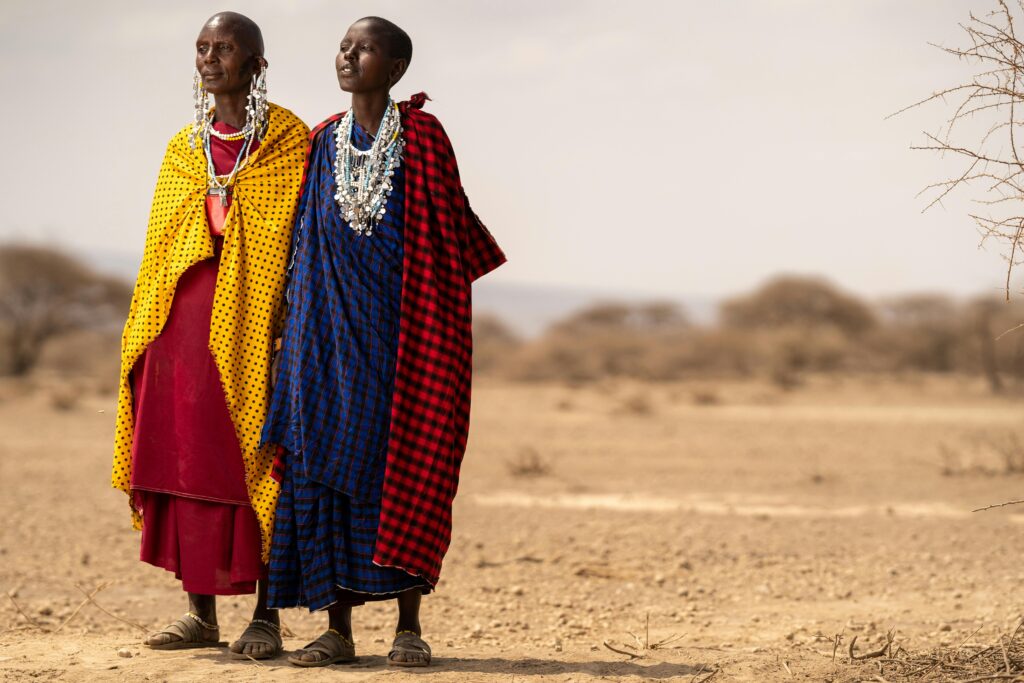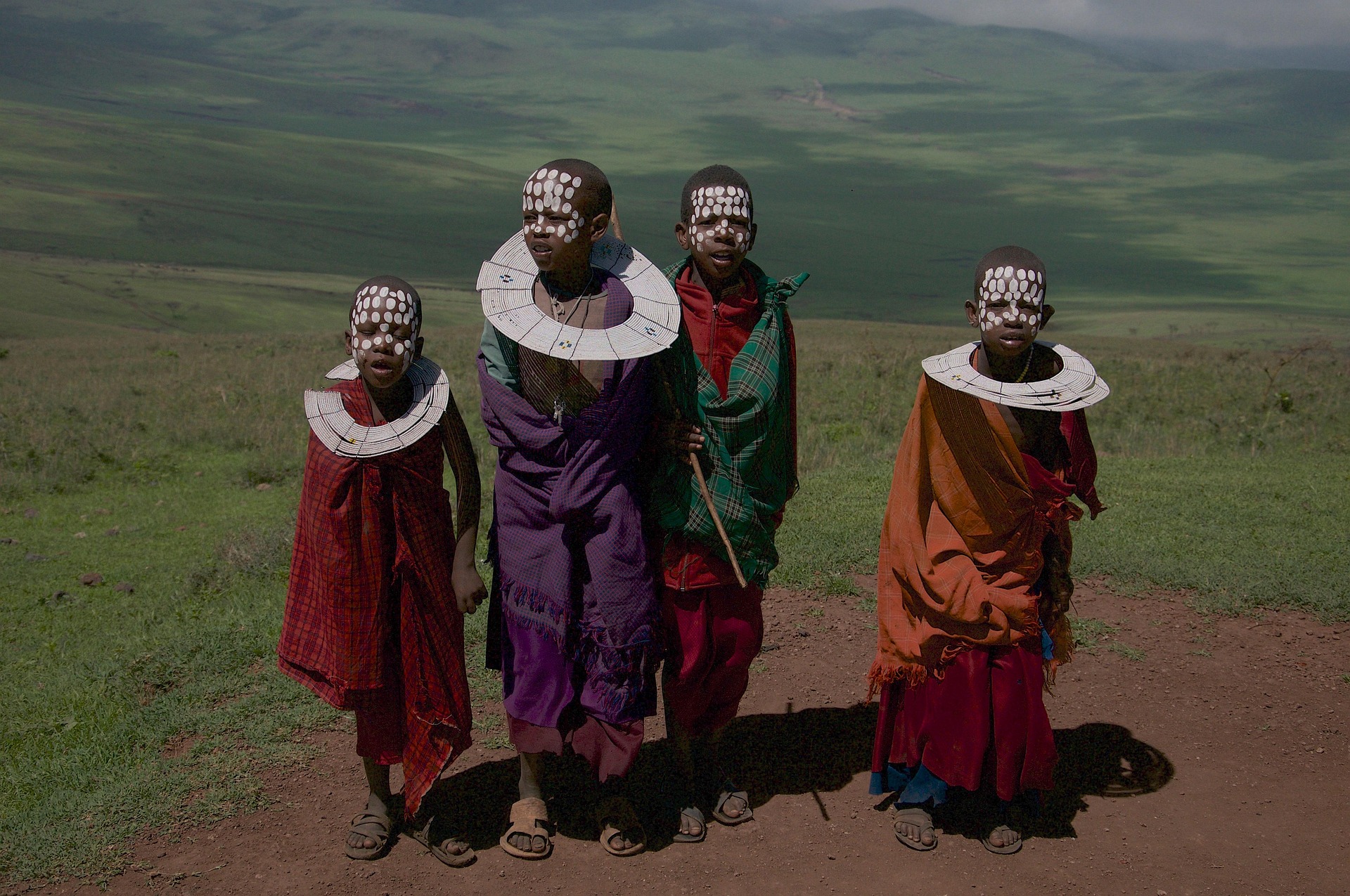For many travelers, Mto wa Mbu is simply a name on the road between Arusha and Ngorongoro. But those who pause here quickly realize that it’s one of the most vibrant, culturally rich destinations in all of Tanzania. More than a convenient pitstop, Mto wa Mbu is a living crossroads where more than 120 tribes meet, trade, and thrive side by side. If you’re seeking authentic interaction and cultural immersion, this town is where your journey truly begins.
Mto wa Mbu, which means “River of Mosquitoes” in Swahili, might not sound glamorous at first. But what it lacks in name appeal, it makes up for in heart. Nestled at the base of the Great Rift Valley, it’s one of the few places in Tanzania where such a wide variety of tribes Maasai, Chaga, Iraqw, Sukuma, and more live peacefully in close proximity.
This cultural blend shapes everything from the languages spoken to the food served and the crafts created. You won’t just see a market you’ll see a Swahili storyteller chatting with a Maasai artisan while a local farmer carries bananas from the surrounding plantations.
At Swahili Cultural Trails, we design our Mto wa Mbu experiences to be more than sightseeing they’re invitations into local life. Visitors can join guided village walks where hosts share stories about history, farming, and community structure. You can take part in banana beer brewing, visit rice paddies with local farmers, or join in traditional cooking classes using local spices.
Unlike more commercialized destinations, Mto wa Mbu offers cultural engagement that feels genuine, not rehearsed. Whether it’s learning to weave baskets or listening to an elder describe the town’s founding, each moment is rooted in tradition and shared with pride.
Food in Mto wa Mbu is as diverse as its people. Try freshly grilled nyama choma (roasted meat), local fruits from roadside stalls, or participate in a traditional cooking session. The food is more than a meal it’s a cultural exchange.
Storytelling, music, and crafts also thrive here. You’ll find handmade wood carvings, vibrant fabrics, and detailed beadwork each representing different tribal techniques and aesthetics. These aren’t just souvenirs; they’re pieces of heritage, made by hands that carry ancestral knowledge.
Cultural tourism comes with responsibility. Travelers are encouraged to be respectful by:
Dressing modestly when visiting villages
Asking permission before taking photos
Buying directly from artisans and guides
Learning a few Swahili words to build rapport
Supporting local guides through trusted platforms like Swahili Cultural Trails ensures that your presence uplifts rather than disrupts the community.
Mto wa Mbu is not just a place to pass through it’s a place to connect, learn, and grow. Its people, traditions, and stories offer a richer understanding of Tanzania beyond the lens of wildlife and landscapes. If you’re looking to balance your safari experience with real human connection, then Mto wa Mbu deserves a full chapter in your travel story.
So next time you see it on the map, don’t just drive through. Stop, listen, taste, and most importantlyparticipate. This is Tanzania, up close and unforgettable.


Join our growing community of culture lovers and ethical travelers. Get updates, discounts, and more.
Swahili Cultural Trails
Copyright © 2025. All rights reserved